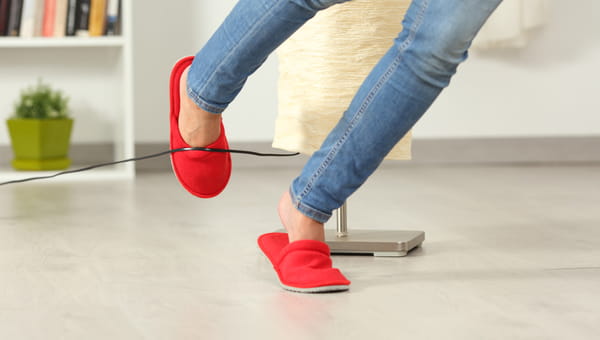Every morning the alarm goes off, or the dog starts barking or the kids come running in. Your heart rate goes from its normal resting rate to the get-up-and-get-going rate. You crawl out of bed and slowly walk to the shower, but not before stubbing your toe on the corner of the bed. What a way to wake up. You turn on the shower and your arms and legs are covered in goosebumps while your body adjusts to the temperature. Your stomach growls, ready for the first meal of the day. This is just the first couple hours of your day and your body has already gone through an increased heart rate, the pain from stubbing your toe, a change in temperature and your stomach has indicated that you’re hungry. Imagine what the body is going through for a full 24 hours.
Rise and Shine
You may not consider yourself a morning person, but this is when the average person’s mental state is peaking in a typical day. The two-and-a-half to four hours after waking up may be the most optimal time for critical thinking. Studies suggest that in the morning hours we forget an average of five facts, and in the afternoon that number can double or triple. Did you know that messages from the human brain travel along nerves at up to 200 miles an hour? Compare that to a human sneeze, which can travel at 100 mph.
If you have children, you might notice that your little one has a tendency to start the day quite early. This continues until about age 10 and then you may start to experience quieter mornings until age 20.
Lunch Break
Your body does have a “clock” that it follows throughout the day. It’s why you get tired in the night time hours and feel awake during the day. Your body also knows when it needs to eat. Your stomach can expand up to 2.5 pints to receive a meal. On average, humans spend about five years of their lives eating and will process about 100,000 pounds of food in a lifetime. Ever feel the need for an afternoon pick-me-up? That’s because lunch gives you a spike of insulin that decreases glucose in the blood, which can make you reach for a sugar or caffeine fix in the afternoon.
While it’s unlikely that everyone can make it to the gym around 4pm, it’s a prime time for muscle development and strength. Lung function, body temperature and flexibility are also peaking around this time. Additionally, a late afternoon workout may help your body in the evening hours. The National Sleep Foundation reports that exercise in the afternoon may help improve the quality of sleep and decrease the time it takes you to fall asleep. However, vigorous exercise may actually have the reverse effects.
Night, Night Sleep Tight
The evening hours is a great time for a nutritious meal. Liver and digestive system functions are at full capacity until around 8pm. However, the body quickly starts to slow down at night so try to stick to eating meals during your most active hours.
Adult humans spend about 33% of their lives asleep. A python spends about 75% of their life asleep, and a dog spends about 44%. Your pineal gland secretes melatonin, which signals the beginning of the sleep cycle. As you start to fall asleep your body experiences various stages of the sleep cycle. Sleep starts with alpha waves, which lead to lower frequency theta brain waves, then longer delta waves and eventually REM sleep. REM is when your dreams are the most vivid and intense. REM sleep lasts and average of two hours a night.
After a day like today, you’ve taken about 23,000 breaths, blood has circulated 12,000 miles through the body and the heart has beat over 115,000 times. What happens next? You wake up and do it all over again.




